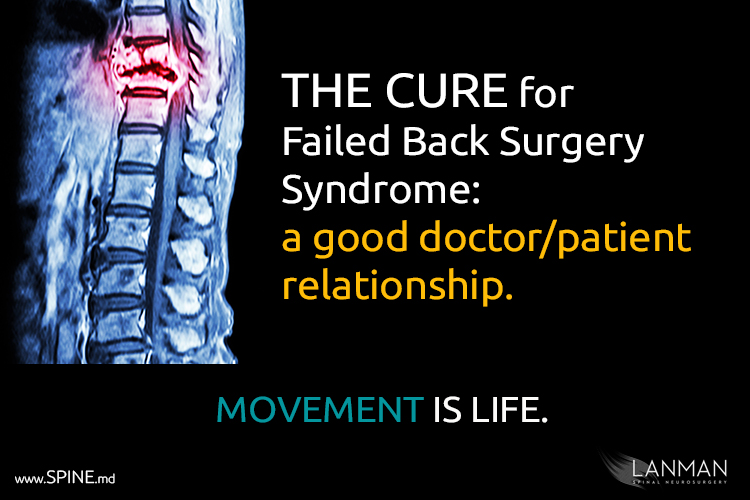Patients get better care when physicians spend more TIME learning about their condition.
Of the many subject matter associated with medical care, the doctor-patient relationship has gotten a great deal of attention. Research in this area saw a considerable increase in the late 1980s, covering every aspect of care concepts and behavior models. If I had to zero in on one aspect of the doctor-patient relationship that I think is the most important, I would have to say it is “time.”
I think the ancient Greek philosopher Hippocrates weighed the importance of time when he wrote, “Healing is a matter of time, but it is sometimes also a matter of opportunity.” I think he was contemplating the nuances of the body and how behavior or lifestyle may be part of the diagnosis. He may have also thought of the scientific aspect of the medical arts, in terms of making observations and collecting data.
As contrast, you may run into another topic associated with medical care called “standard medical treatments.” These vital standards are used as guidelines to ensure that physicians organize information for patients and show them when a deviation is required. It is essential that we implement some standardization in care, especially considering the full range of variables associated with human physiology and treatment options. The problem I believe is when the standards are deployed as templates for diagnosis and therapy. This is where the bulk of the problems occur.
The most significant error about treatment templates is an assumption that they can accommodate most patient situations. Or that they should be used at all as a checklist for delivering well-planned and meaningful solutions. In my nearly 30 years of experience at my private practice in Beverly Hills, CA, they do not. I’m happy to use standards as guidelines, but that’s as far as I will take them.
Another problem with templates is how they tend to gauge how much (or how little) time a doctor ought to spend with patients to arrive at a diagnosis. Sometimes it’s just too tempting for a surgeon to expedite the interview and simply tell a patient about the surgical options that are at their disposal to treat spinal disorders. But if we only spend 15 minutes with a patient interview about a condition that may have taken years to develop, we WILL miss those golden opportunities that lead to those “ah ha” pieces of information to pull everything together.
I spend an hour or more with each patient as a part of my diagnosis discovery process. I use all the time that is necessary to get to know my patient. My process resembles an investigation: looking at the evidence (the patient’s current condition) and collecting as much information as possible to uncover possible causes. And that’s before I spend time with physical examination or look over MRI scans and x-rays.
Where the spine is concerned, time is an invaluable tool that reduces the risk of error which can end up being very painful for the patient. I often find that I must deviate from the template when I uncover unexpected circumstances, differences in lifestyle, physiology, and morphology. There are too many variables from one patient to another to stick with a template.
What is truly alarming to me is how some surgeons will make a complete diagnosis and treatment plan based on one x-ray with a brief physical examination. I’ve seen far too many cases where the guideline to fuse (for instance) overrides all other considerations. Another reason I believe templated “standards” may be problematic is the fact that we have far too many spinal fusions in the U.S. Templates for care may be designed to control cost, but consider the damage caused by misdiagnosis. What if the patient doesn’t really need surgery? What if the patient will benefit most from treatment modalities that cost less and are less invasive?
The most significant problem, I believe, is the way we treat time. Time is a common factor for all patients. It is a useful milestone that patients measure how long they’ve coped with a condition. It’s also a means for me to assess how to respond to a patient’s past and consider their future. Just as there are no two patients who are alike, no patient stays the same over time either.
When I meet with a patient, I want to know about their lifestyle, their hobbies, and their occupations. I want to investigate additional stresses that may accelerate herniation and trigger other problems. I want to peer into the future so that I can provide the best outcome for the patient. That’s how we become greater than better, over time.







